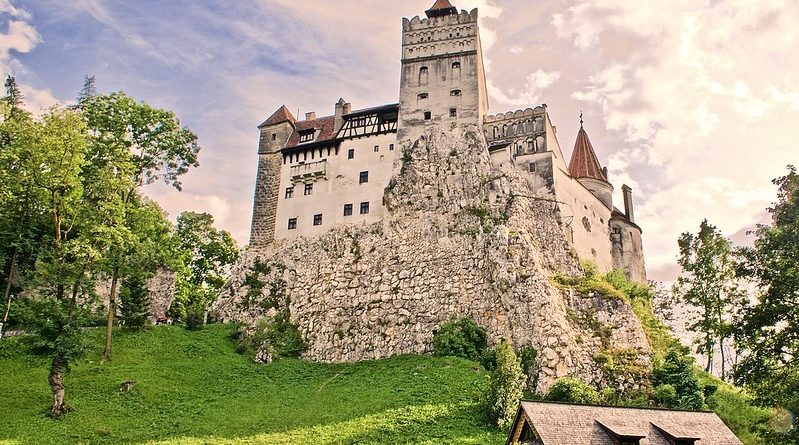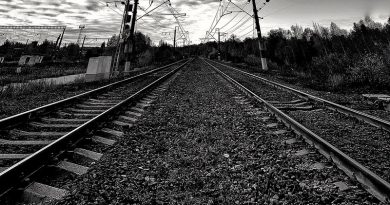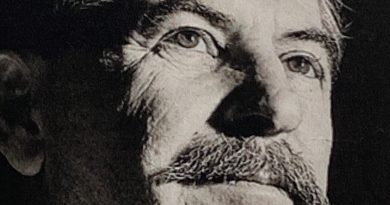Prince of Darkness: The Real Count Dracula
History Facts
Where: Various haunts in Sighisoara, Transylvania, Romania, Eastern Europe.
When: The real Dracula lived in the 15th Century, epitomised in the 1900’s Bram Stoker novel – a Gothic era masterpiece
History: Romania’s national hero, a Wallachian warlord with a penchant for impaling heads on sticks
Vlad Dracula (1431 – 1476)
In 1431, Romania’s most famous son, Vlad Tepes, or Count Dracula as we know him familiarly, was born in Sighisoara, Transylvania. At least that’s what the guide books say. Dracula is linked to many places in Transylvania on shaky evidence but there is no doubt that he roamed the forests and valleys of Romania during the 15th century.
The popular image of Dracula is of a blood-sucking vampire, who snoozes in a coffin and turns into a bat when the sun goes down owes much to Bram Stoker who created this blood-thirsty Nosferatu based on the equally gory heroics of a real Romanian Prince in his novel published in 1897.
Who Was Dracula?
Vlad Dracula was actually a Wallachian warlord who fought against the Turkish invaders during the 15th century. The name Dracula came from his father who also fought the Turks; Dracul meant Dragon (from a German order of knights) hence Vlad Dracula “son of the dragon”. Vlad had a passion for impaling his enemies on huge stakes and picked up the catchy nickname of Tepes – the Impaler. Vlad was a little psychotic and regularly took to having his dinning table placed outside near the dying so that he could watch the show whilst having dinner. On one occasion there were so many impaled enemies hanging around that the area became known as the “Forest of the Impaled”.
Despite his cruel and savage reputation Vlad Tepes is a national hero, remembered for defending Romania against the invading Ottoman Empire and references to him can be found all over Romania.
Visiting Sighișoara
The myths and legends surrounding the inspiration for Bram Stoker’s Dracula novel are inescapable here and Dracula is big business. Fortunately for Sighisoara, a recent plan suggested by the Romanian Tourism Board to build a Dracula theme park (complete with an Institute of Vampirology and a brand new Castle Dracula) has been stopped. The effect on the citadel – one of only two inhabited medieval citadels in Europe – was deemed too destructive and the proposed site has been relocated to the outskirts of Bucharest.
Essential haunts to visit for Dracula fans:
Located 14 miles outside of Brasov. Built in 1378 but heavily restored, it proudly bears the tag of Dracula’s official residence and is on every tourist’s must-see list even though Dracula probably only stayed on a few ocassions.
The Trans-Fagarasan Highway – the highest road in Europe – takes you across the mountains and into Wallachia. It is here that you can climb the 1480 steps to Poienari Castle – the most authentic Transylvanian haunt of Dracula.
Sighisoara
Trains reach Sighisoara from Bucharest via Brasov. Vlad’s birthplace is now the Restaurantul Cetatea and is opposite a small museum with Dracula paraphernalia.
More Information
Dracula Park
Those who want a bit of kitsch can visit and marvel at the Romanian answer to Disneyland.
Romanian Tourist Board
Your official source for planning a trip to Romania and Sighisoara
The Historical Dracula
The real story behind Vlad Tepes
By Dan Porter




